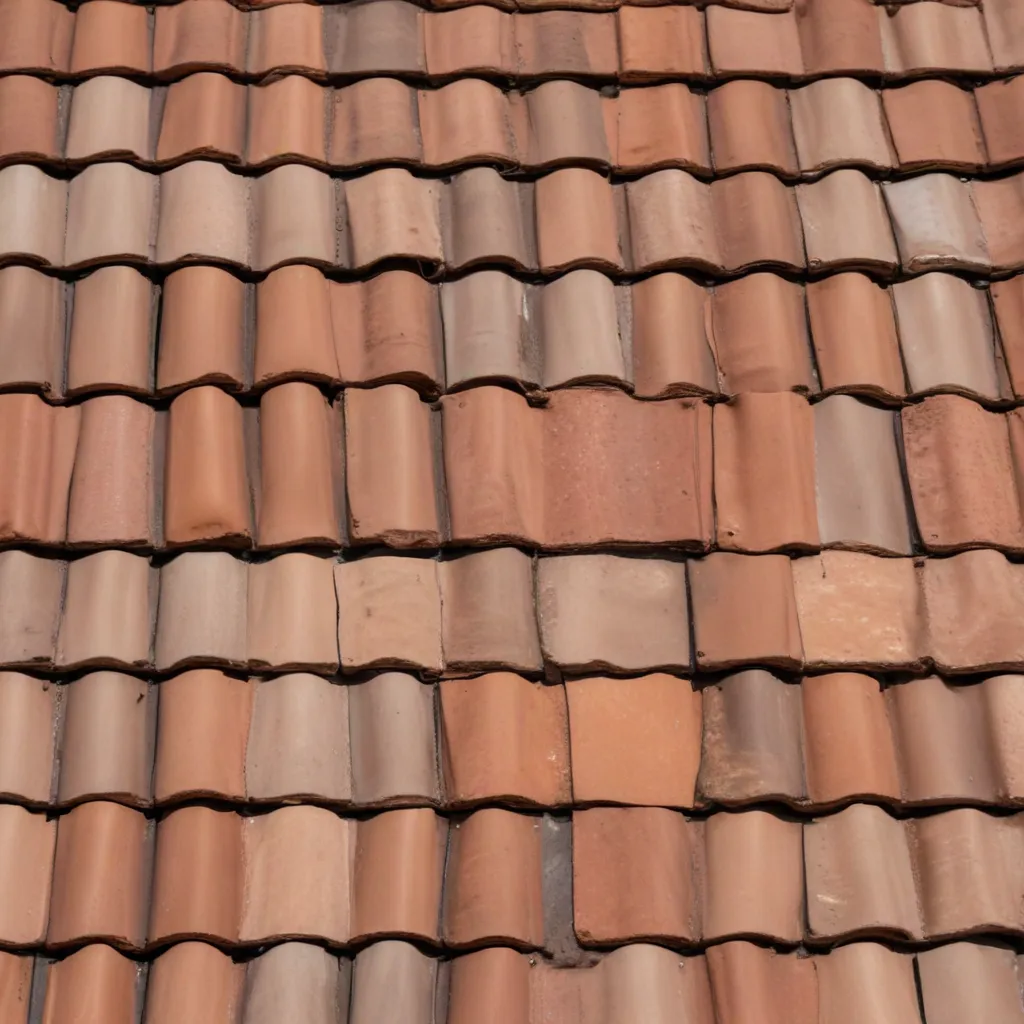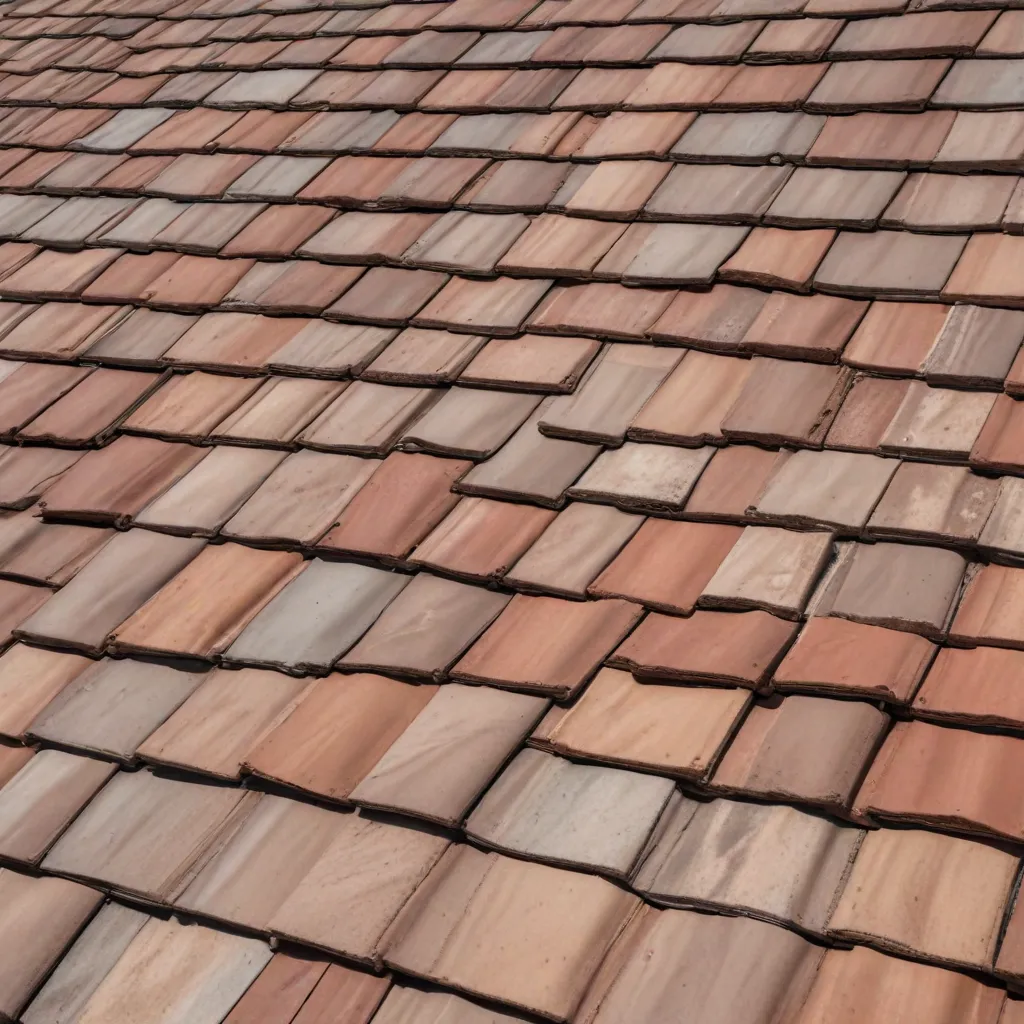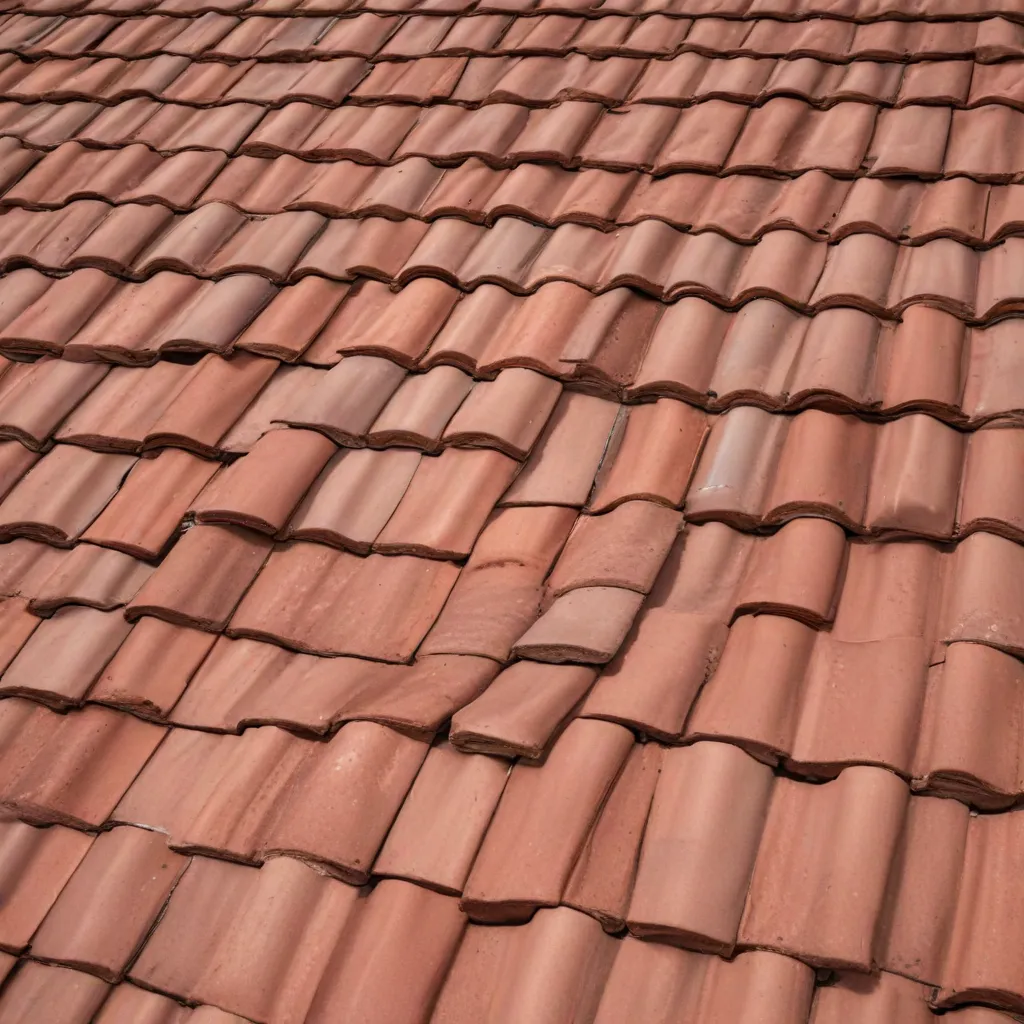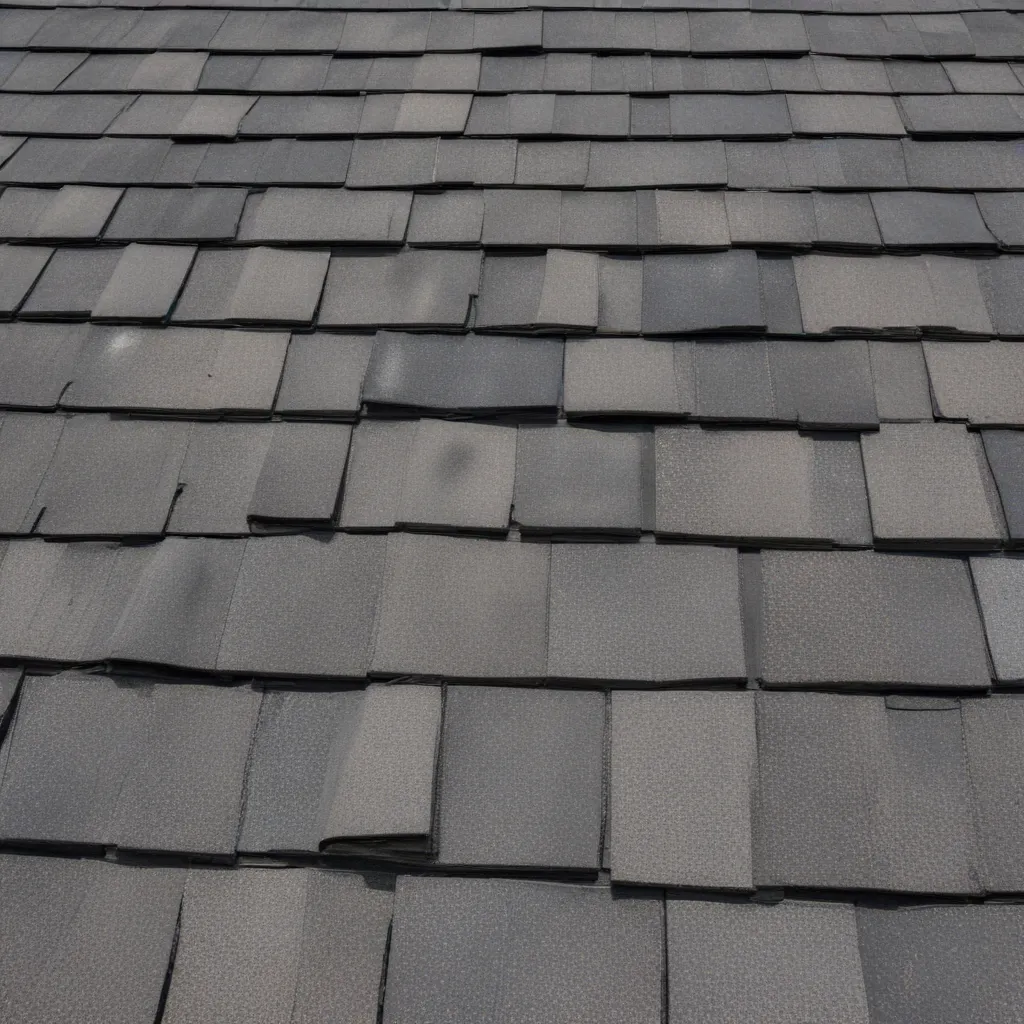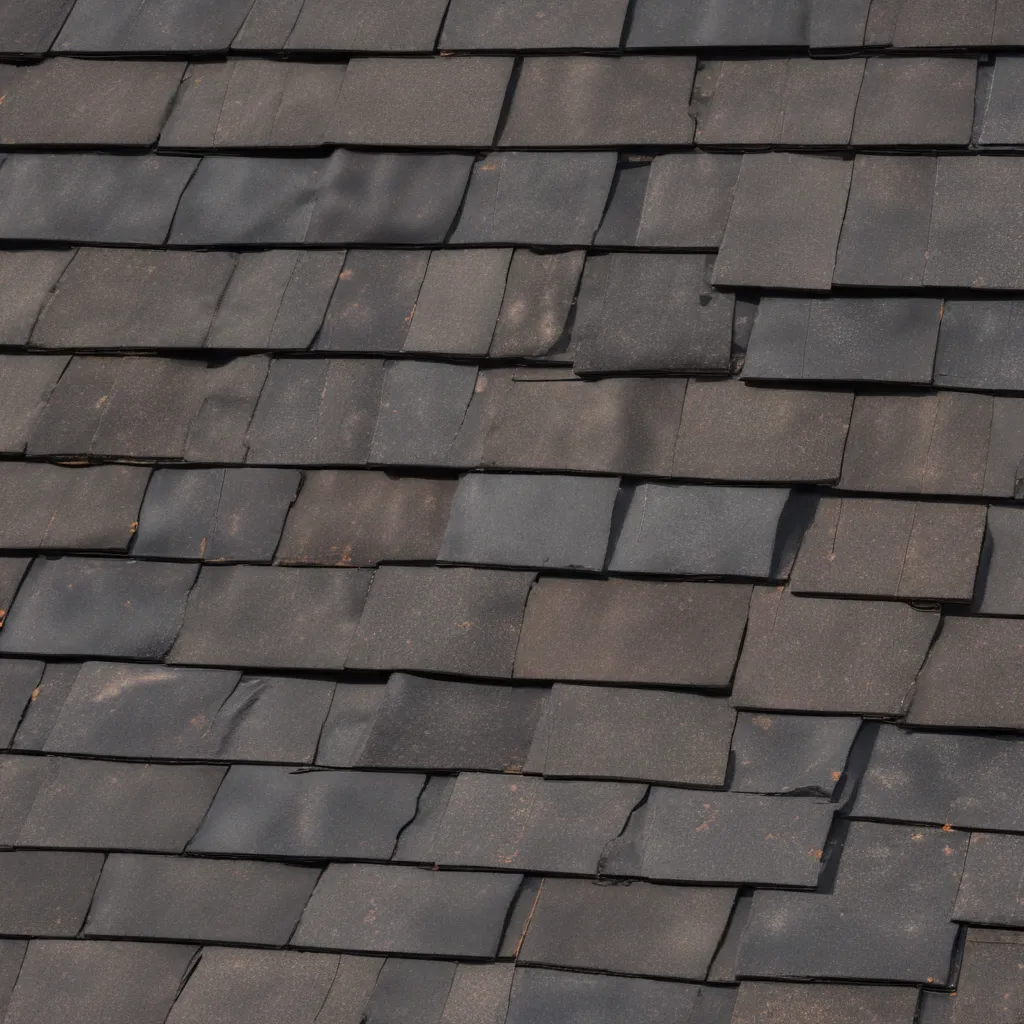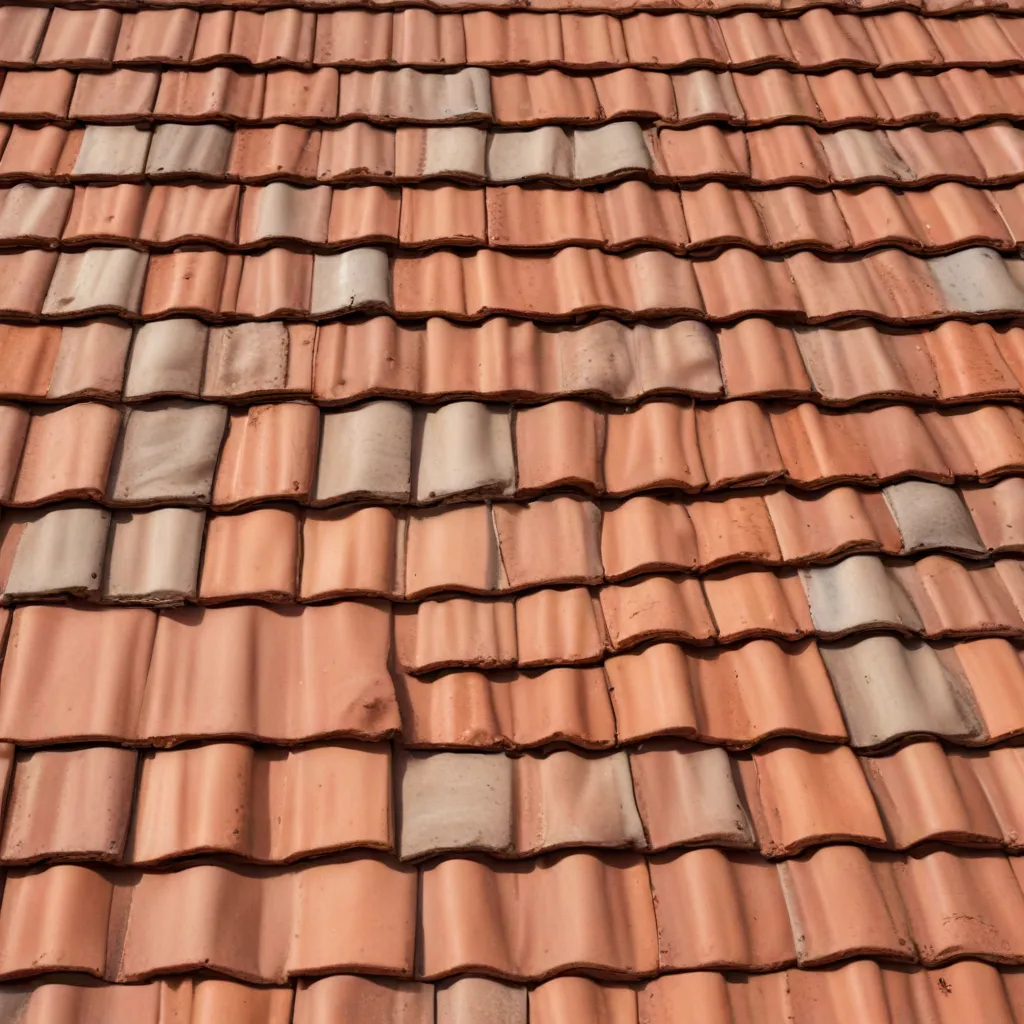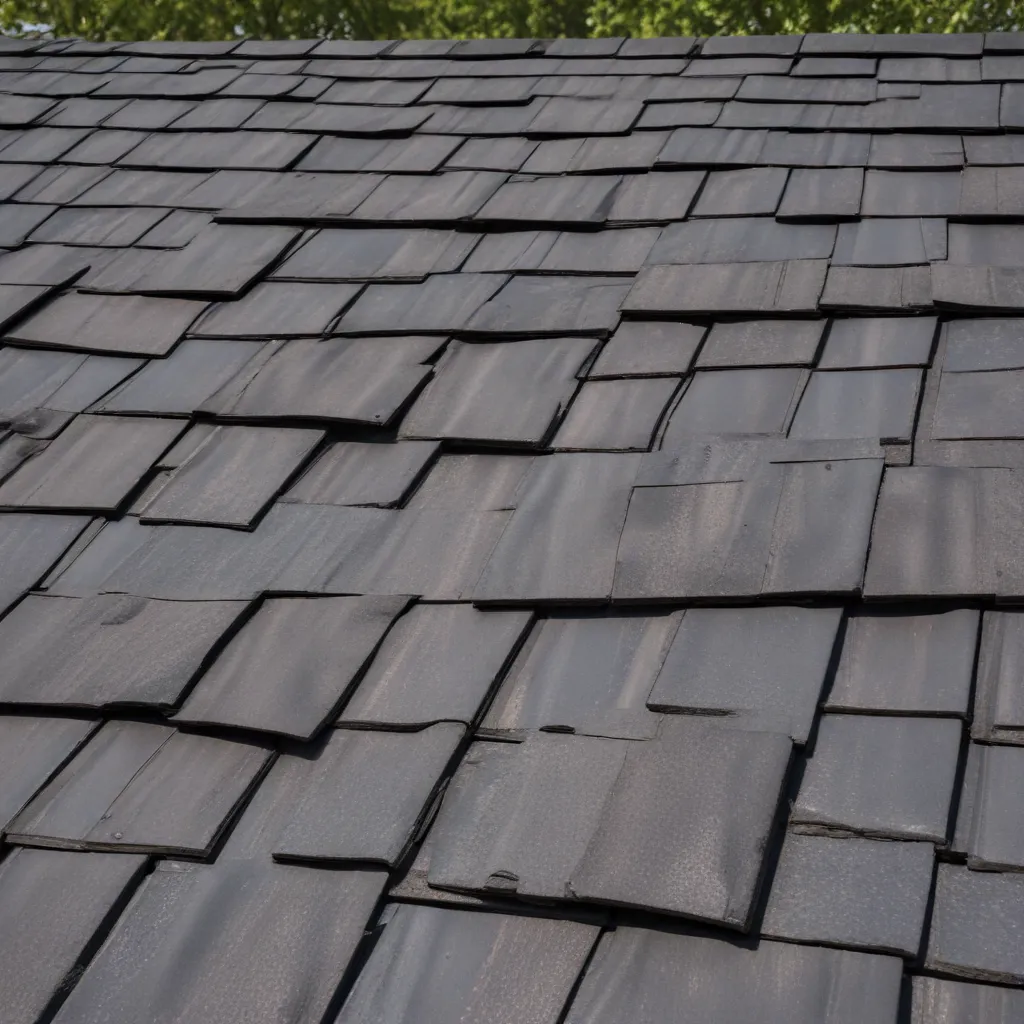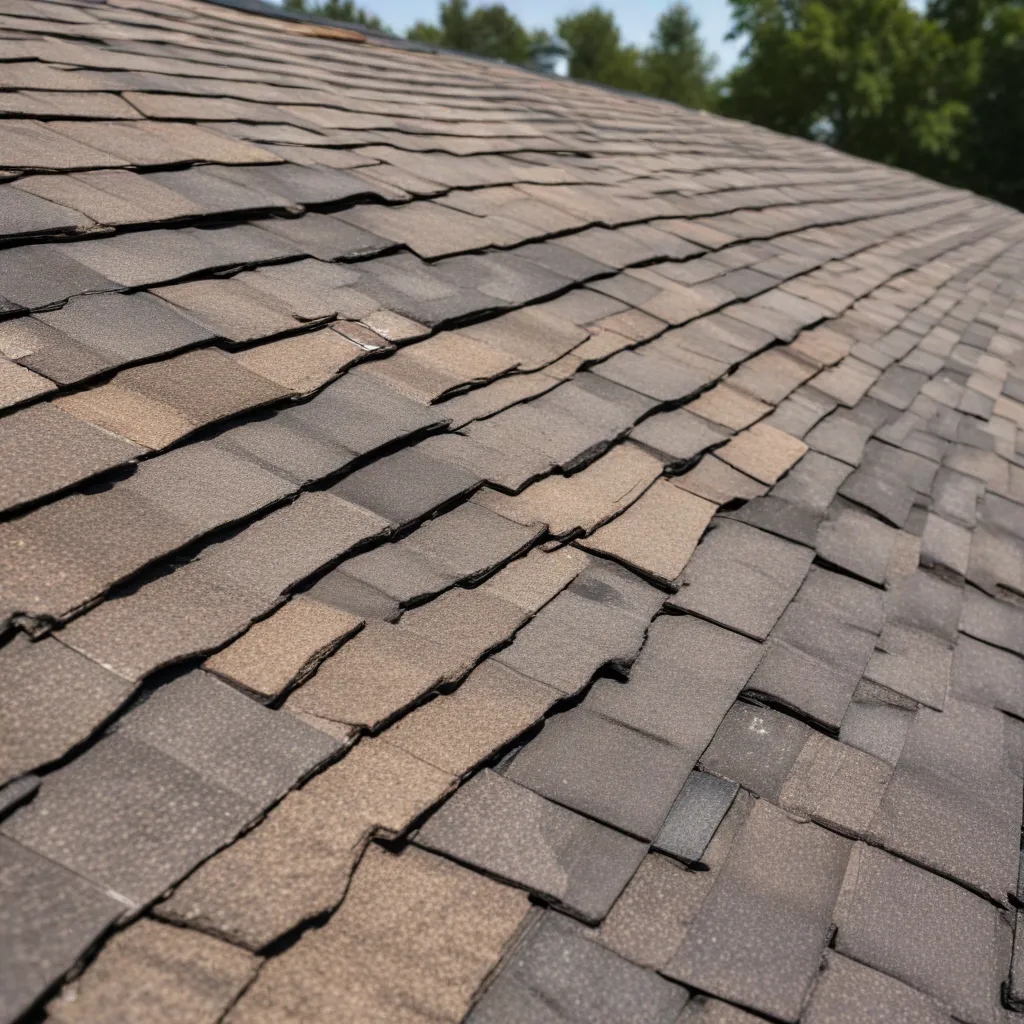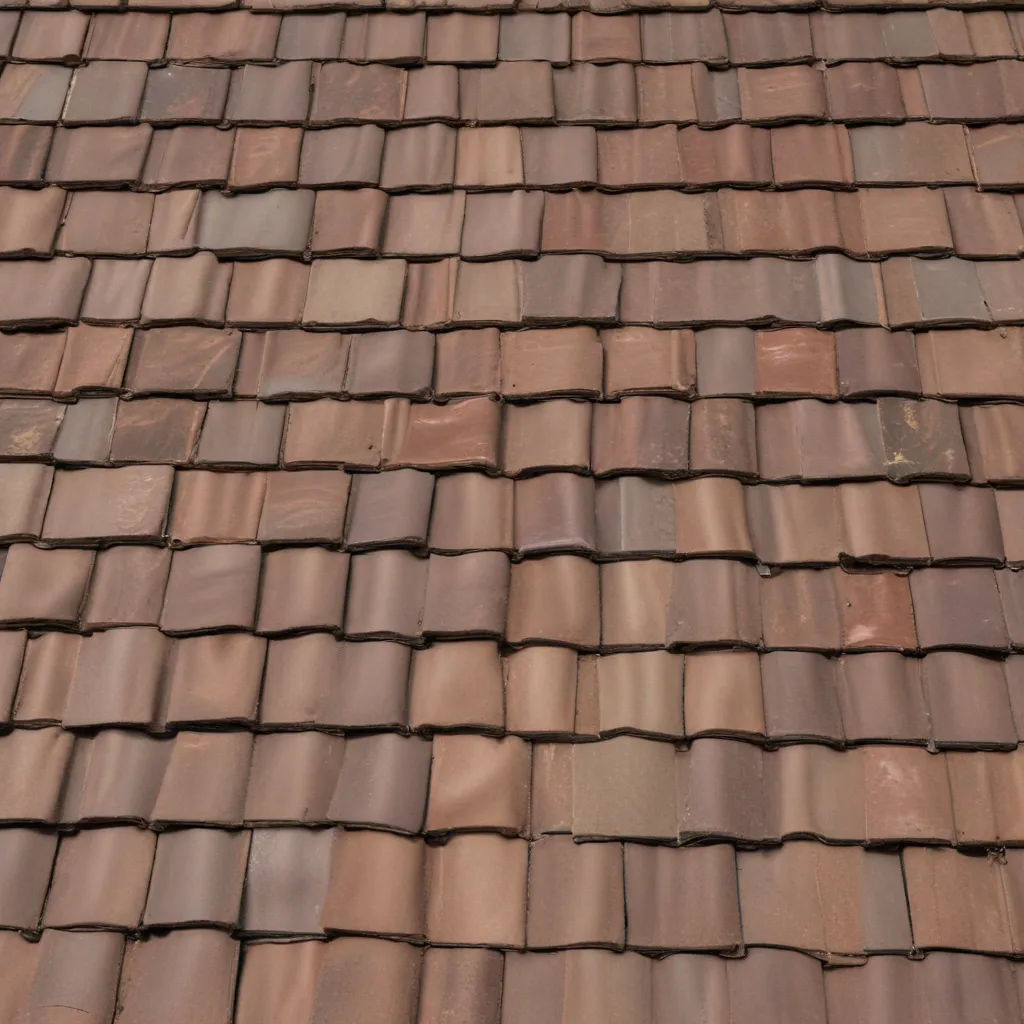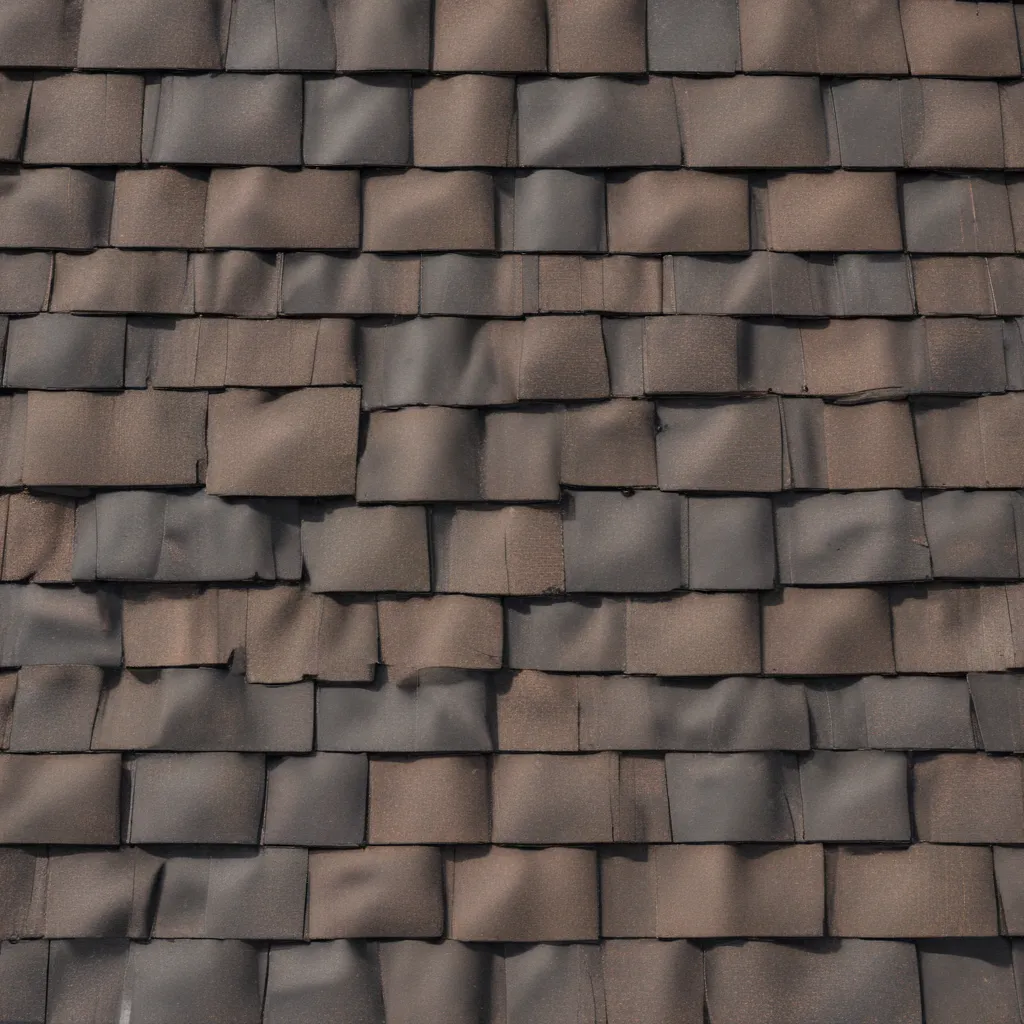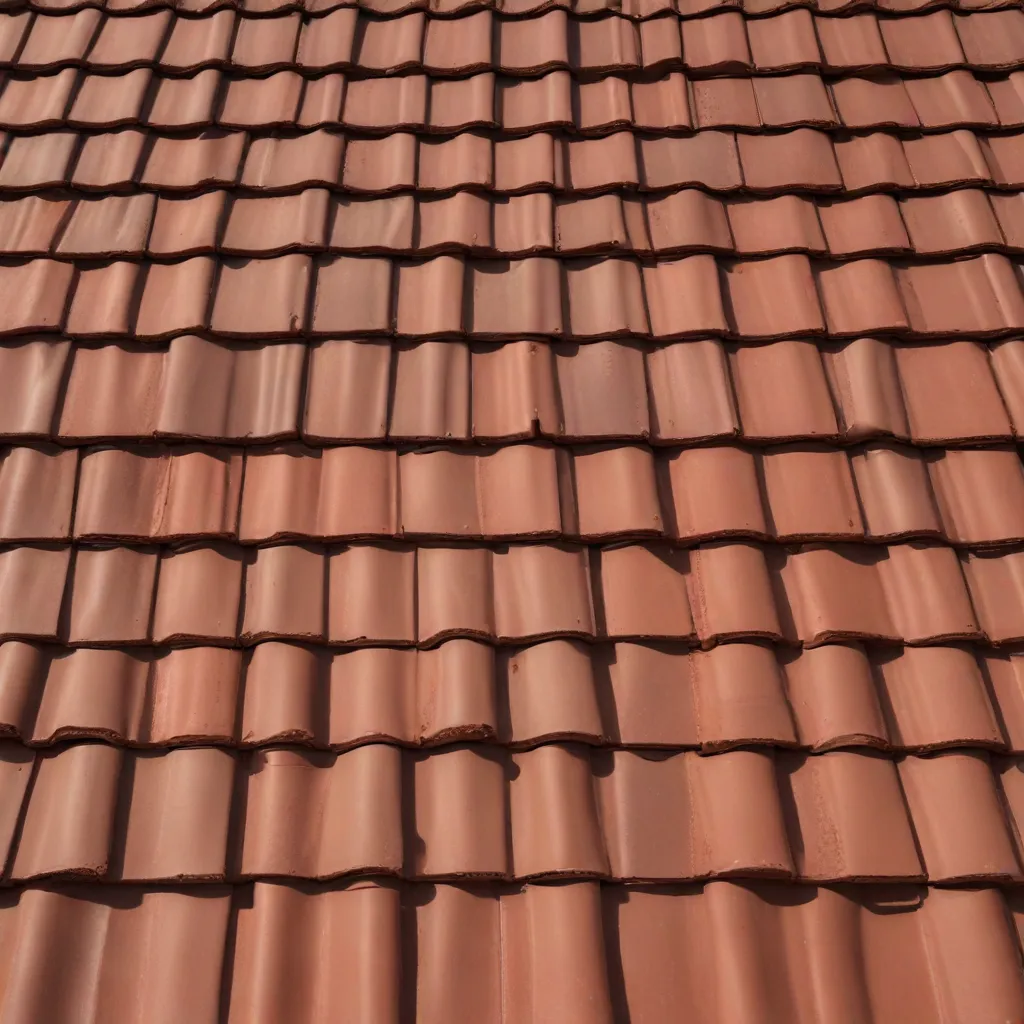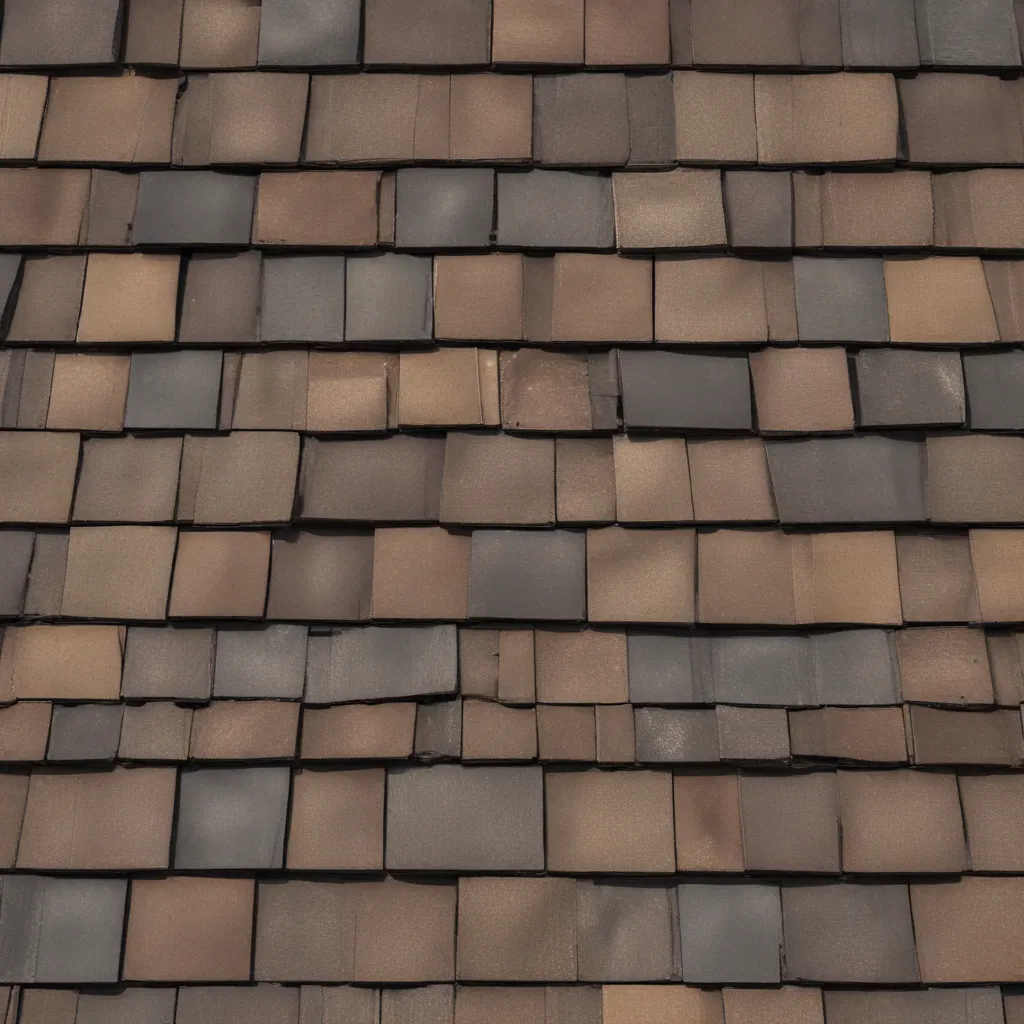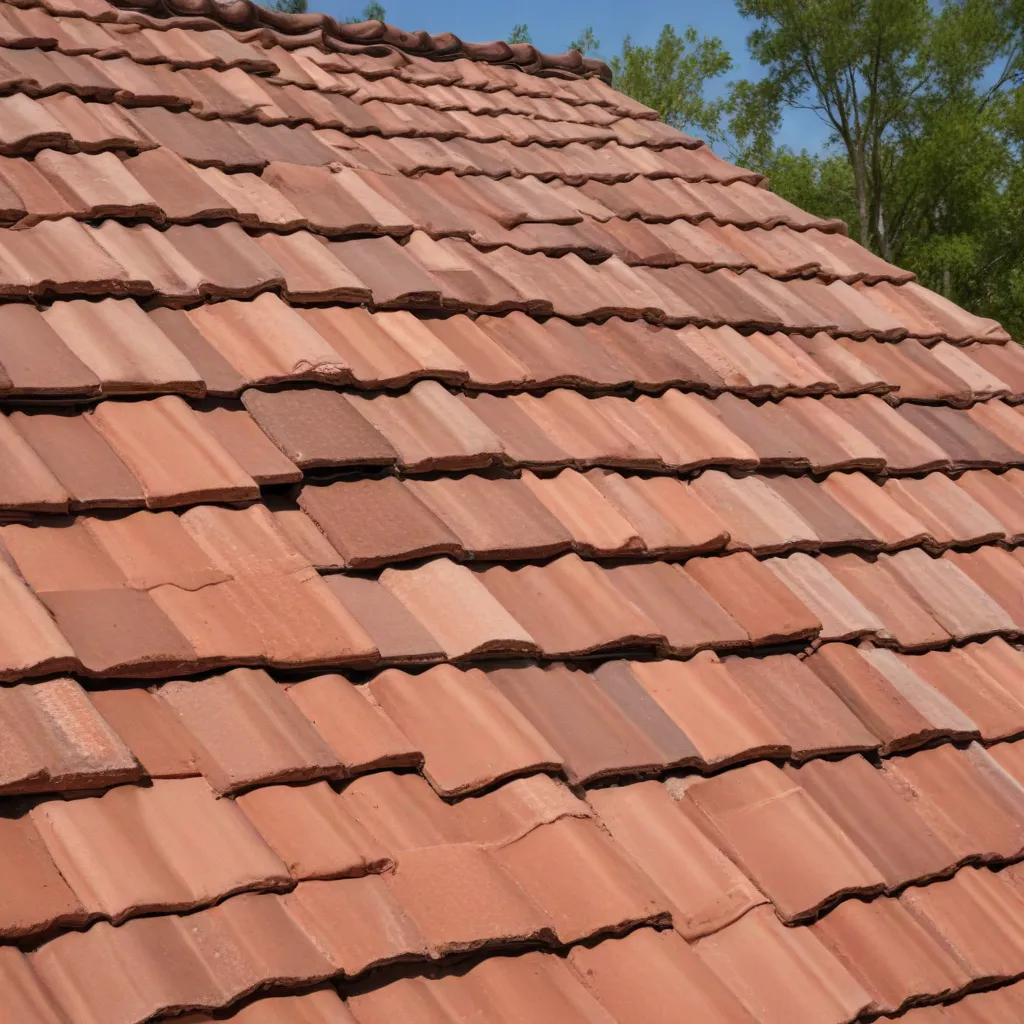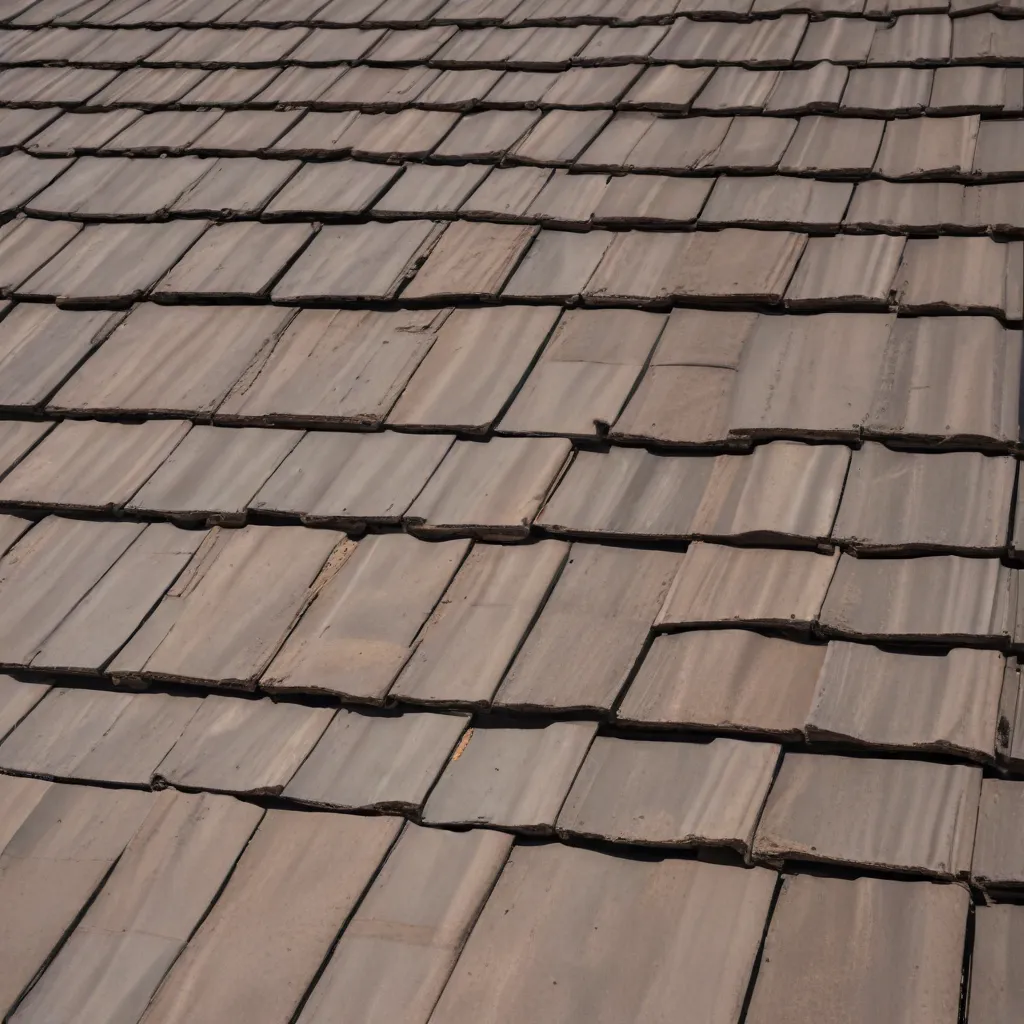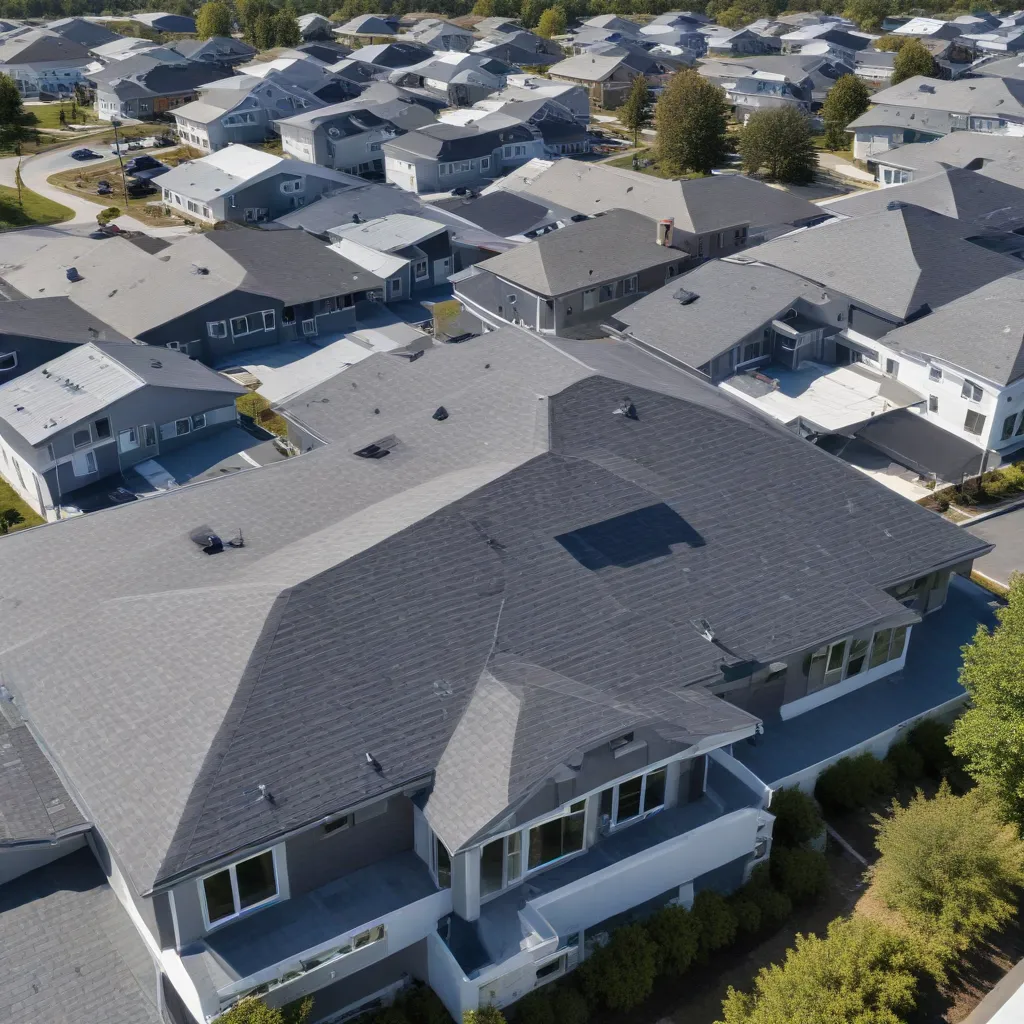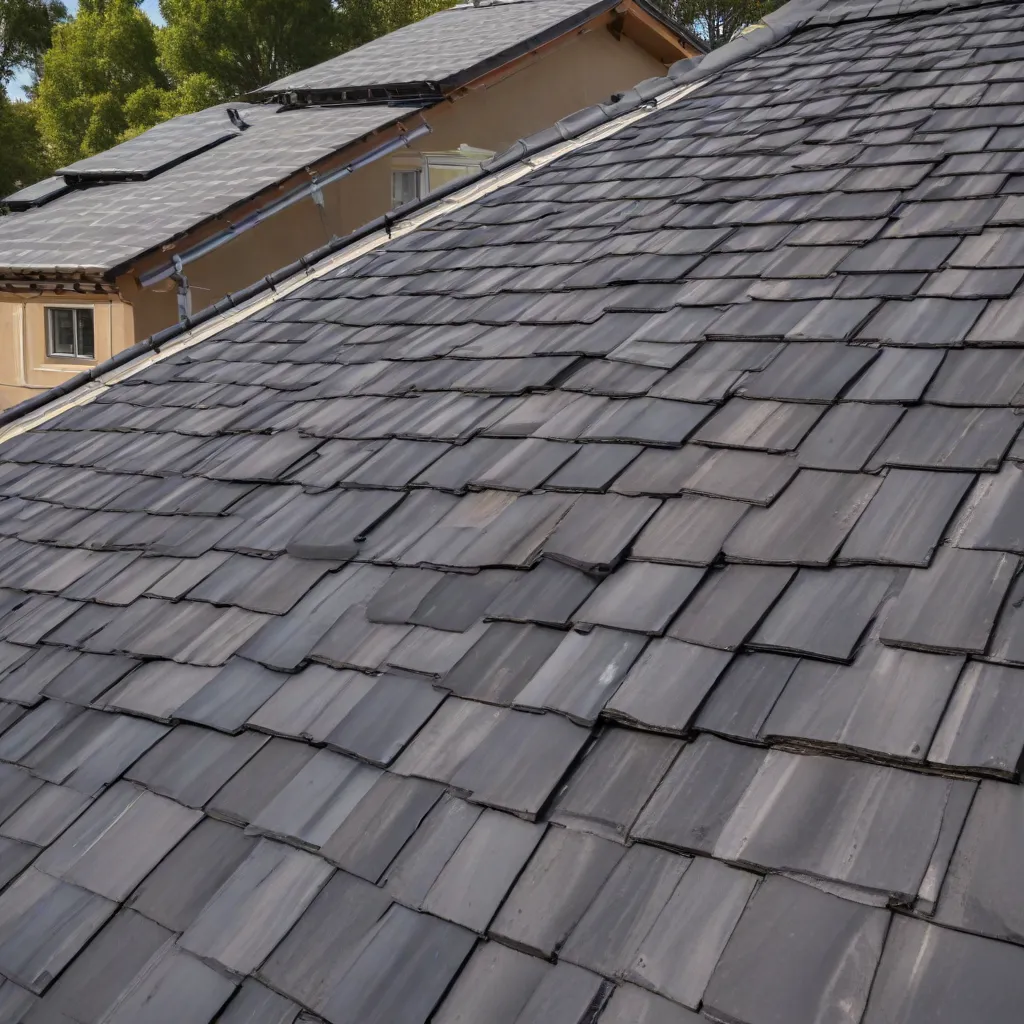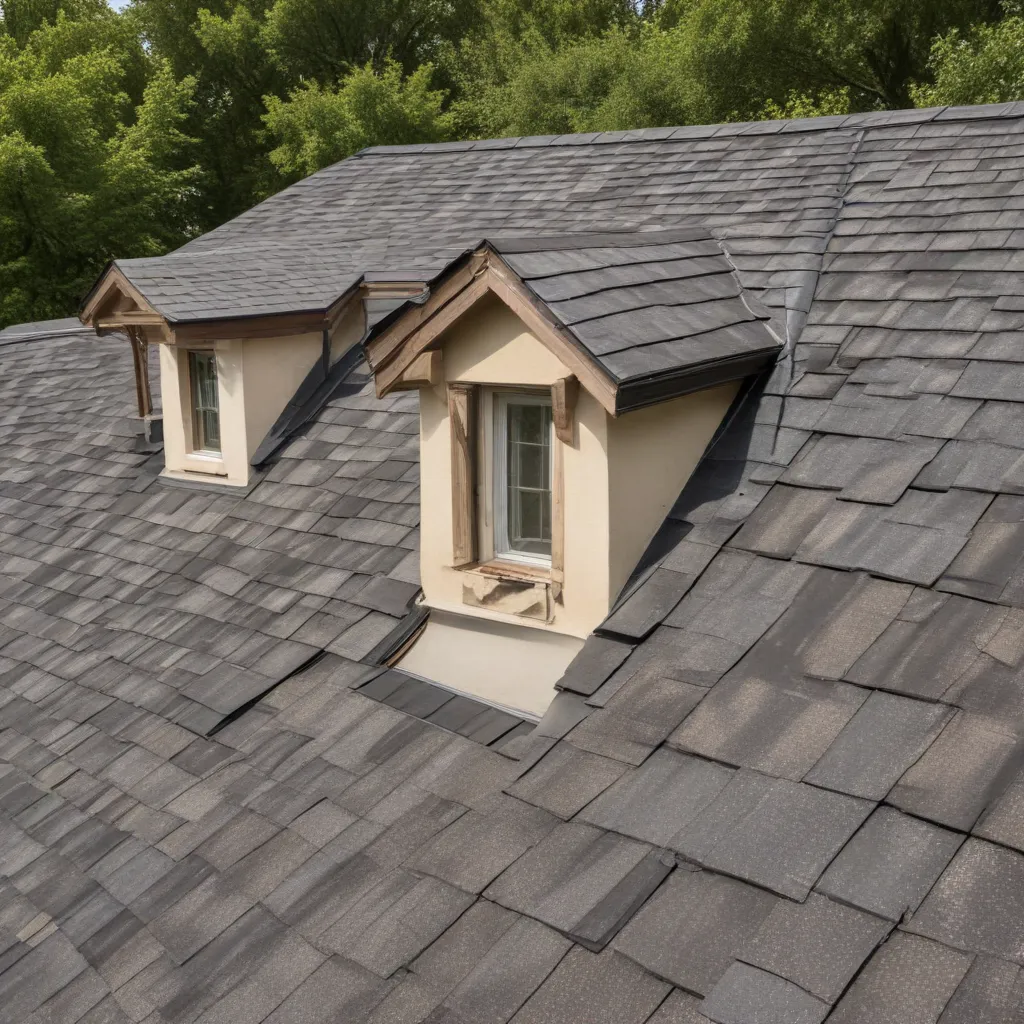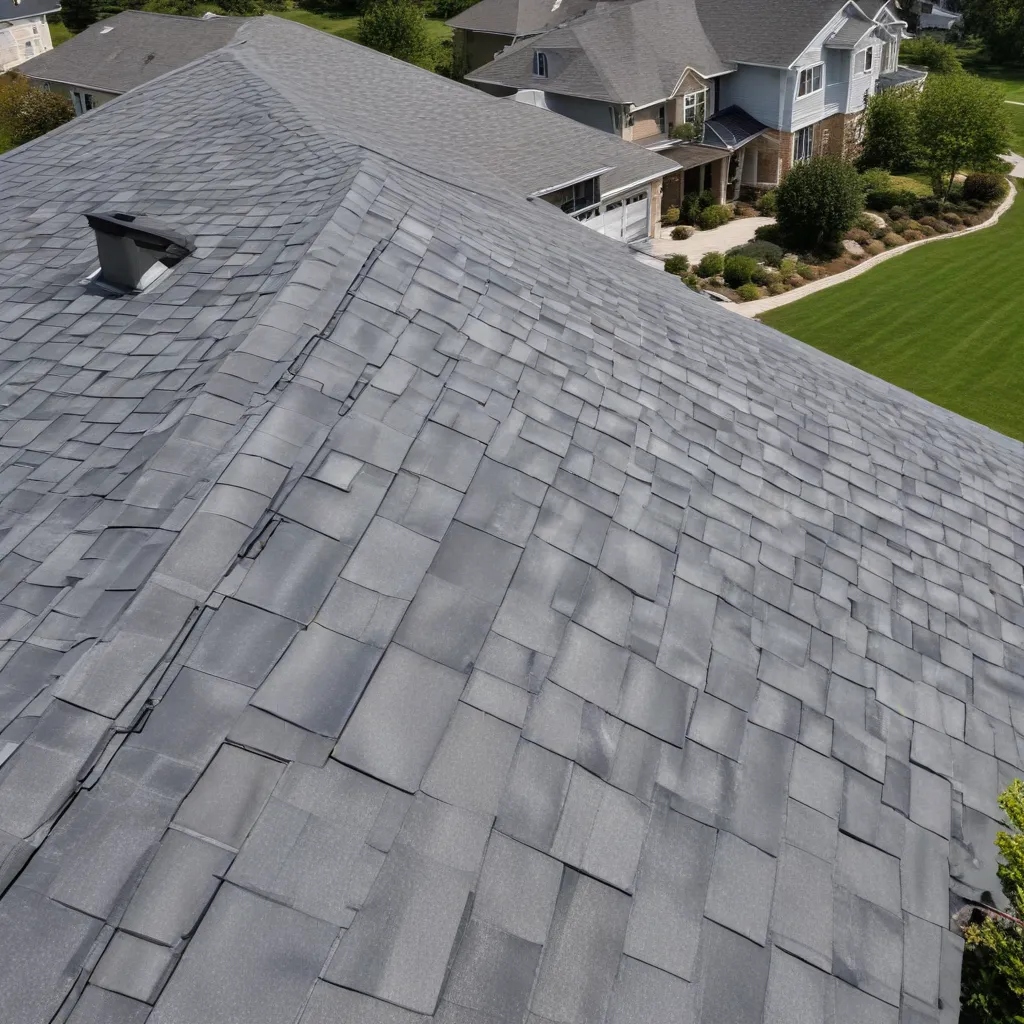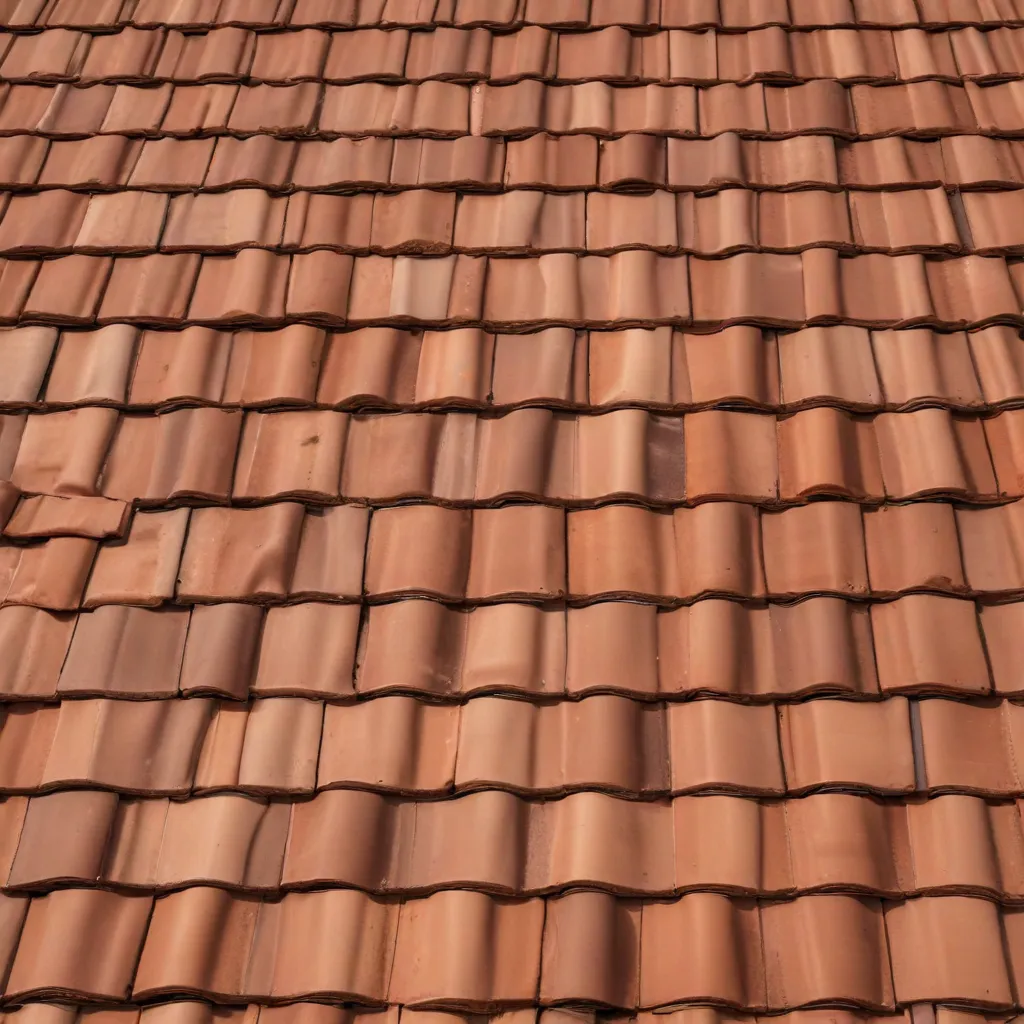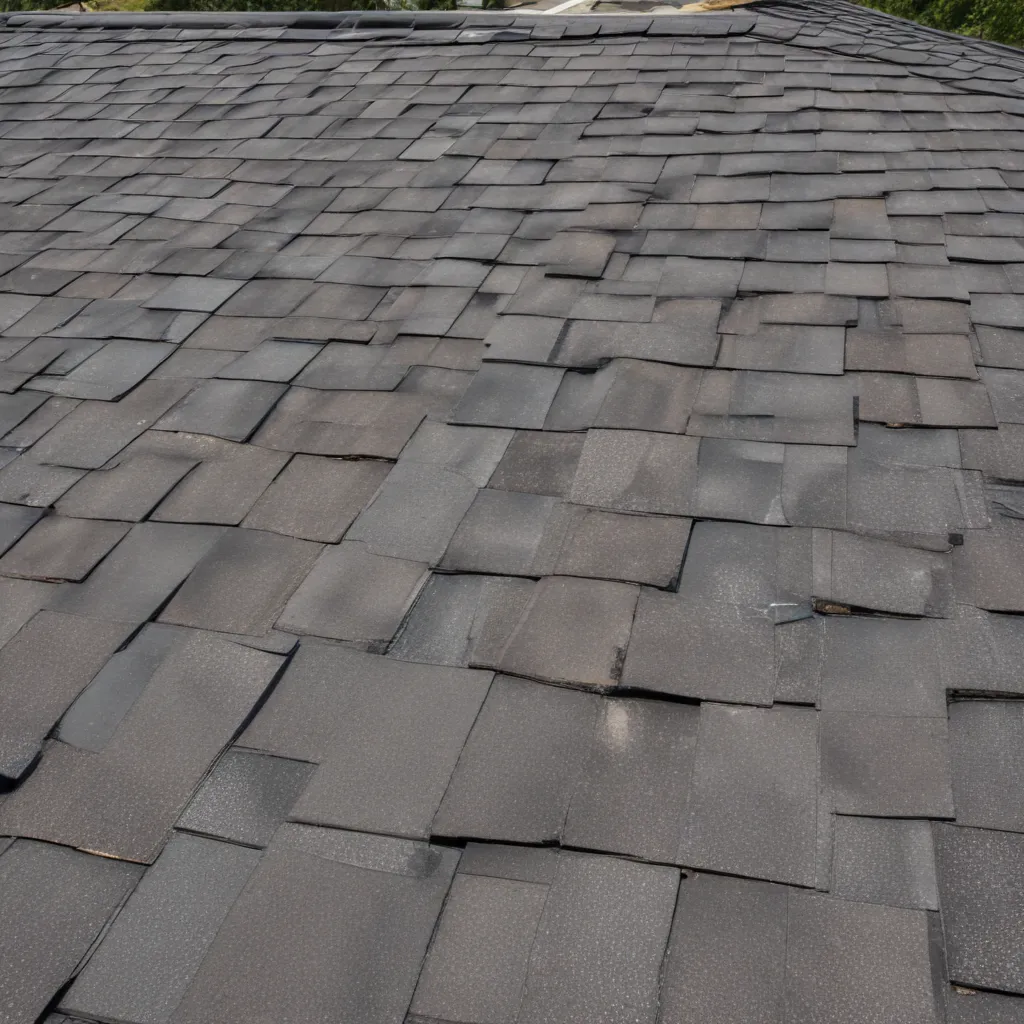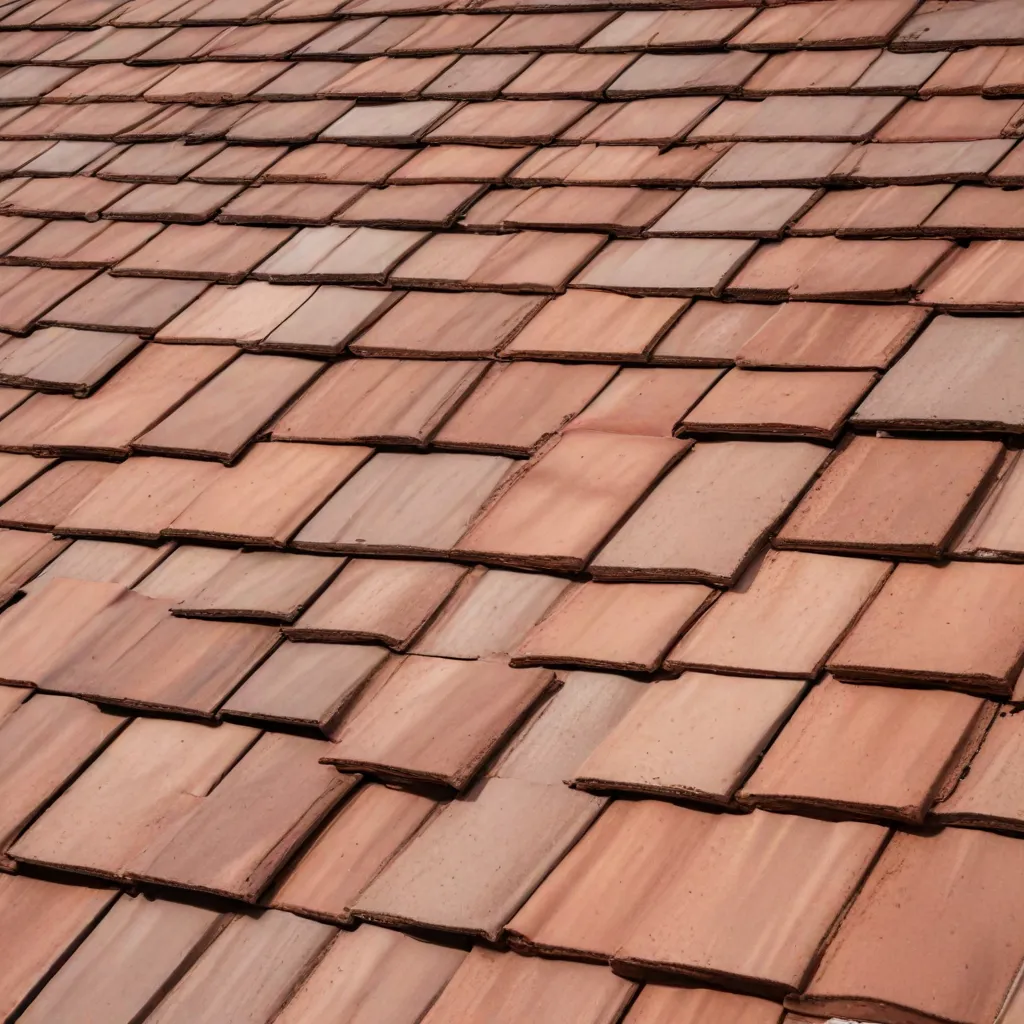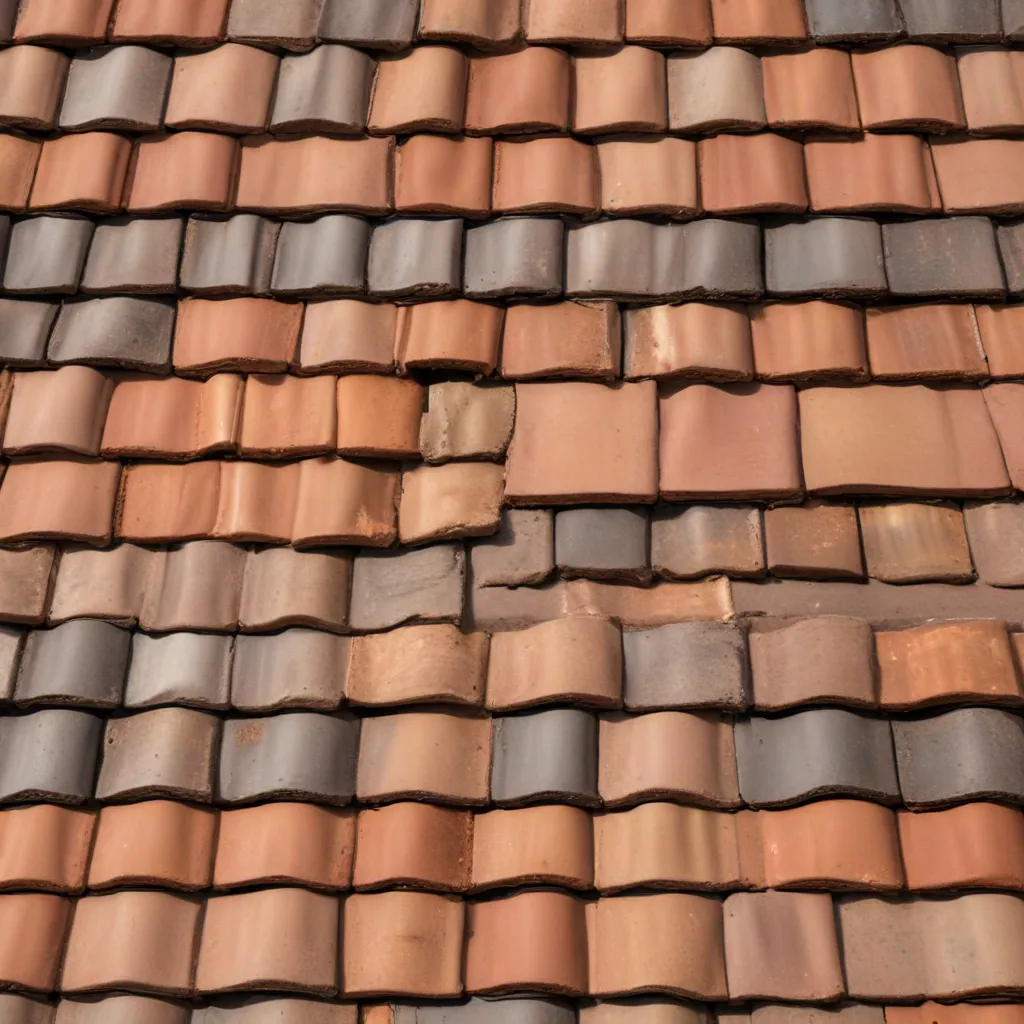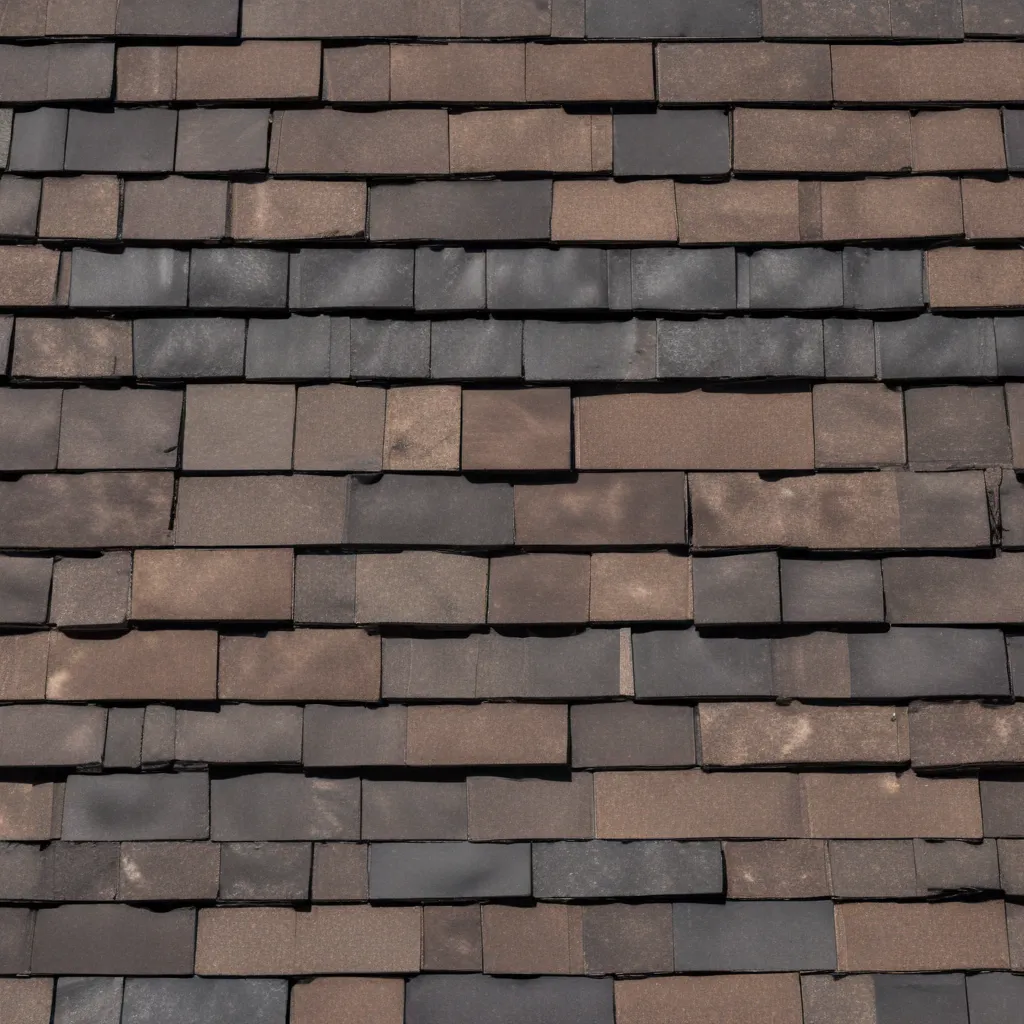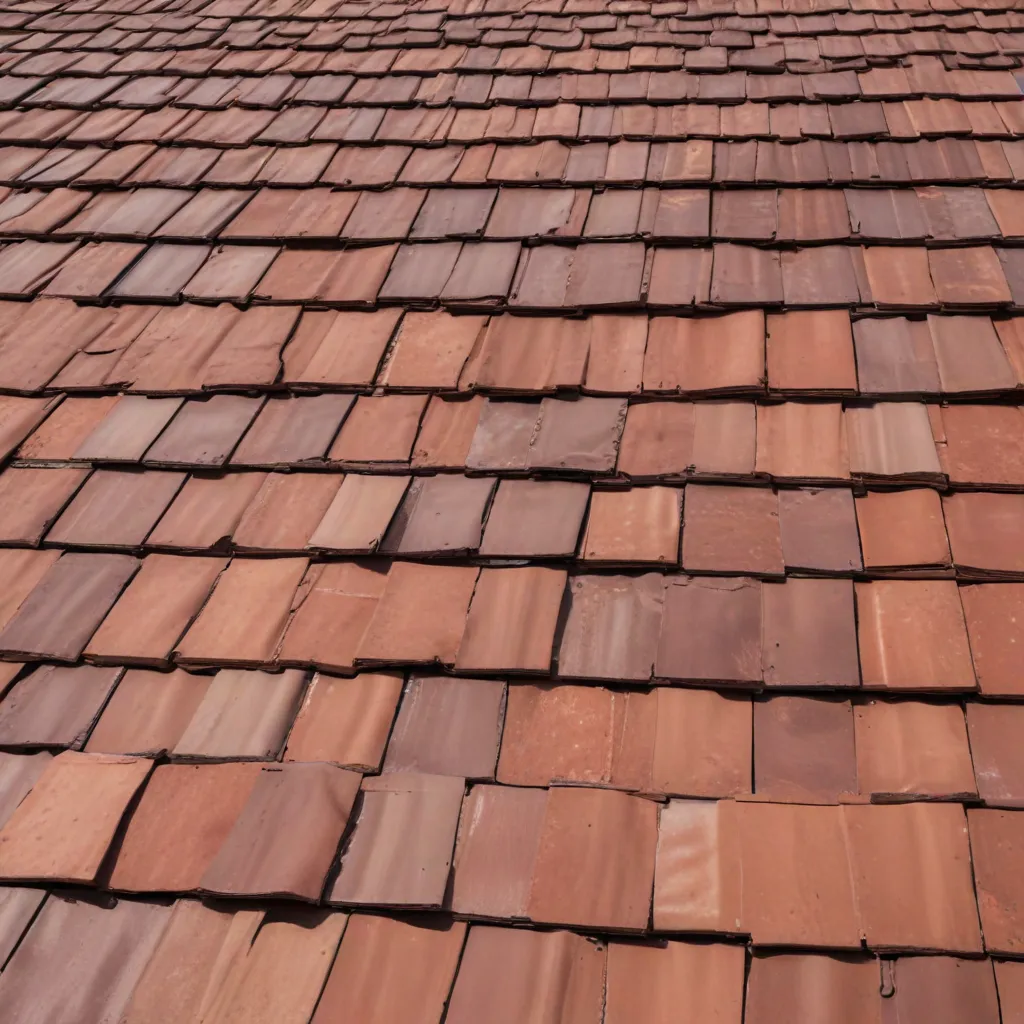When it comes to roof repairs, ensuring that the roofing materials are properly secured is crucial for the longevity and effectiveness of the repair work. Improperly secured materials can lead to leaks, structural damage, and other issues that can compromise the overall integrity of the roof. In this comprehensive guide, we will explore some little-known tips and techniques for properly securing roofing materials during repairs. By following these best practices, you can ensure that your roof repairs are not only effective but also stand the test of time.
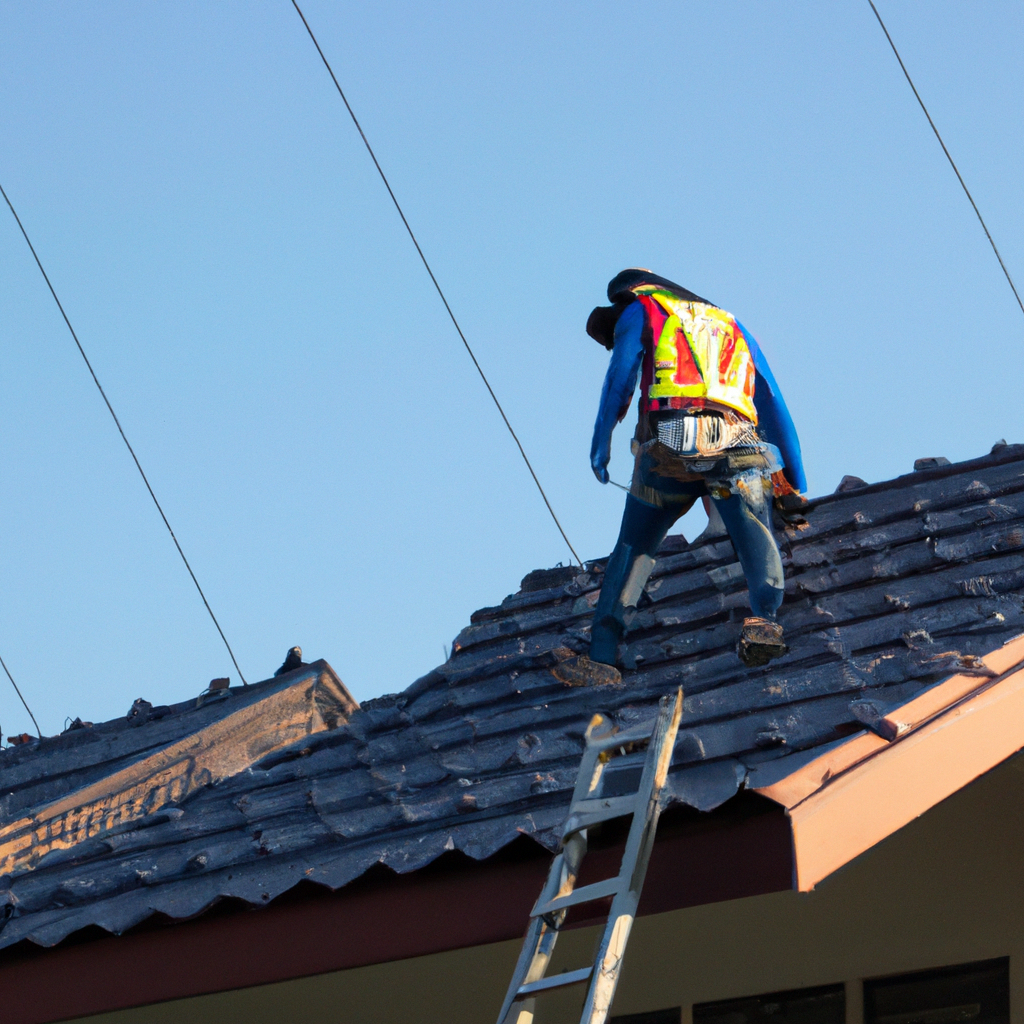
Understanding the Importance of Properly Secured Roofing Materials
Before delving into the tips, it’s important to understand why properly securing roofing materials is so critical. Roofing materials, whether they are shingles, tiles, or metal sheets, act as the first line of defense against the elements. They protect the underlying structure from rain, wind, snow, and other external factors. If these materials are not securely fastened, they can become loose or dislodged, leaving vulnerable areas exposed. This can result in water infiltration, structural damage, and even complete roof failure.
Tip 1: Choose the Right Fasteners
One of the most crucial aspects of securing roofing materials is selecting the appropriate fasteners. Different roofing materials require different types of fasteners to ensure a secure attachment. For example, shingles typically require roofing nails, while metal sheets may need screws or clips. It’s essential to consult the manufacturer’s guidelines or seek professional advice to determine the correct fasteners for your specific roofing material. Using the wrong fasteners can compromise the integrity of the repair and lead to premature failure.
Tip 2: Inspect and Repair the Underlayment
Before installing new roofing materials, it’s important to thoroughly inspect and repair the underlayment. The underlayment acts as an additional layer of protection between the roofing materials and the roof deck. Any damaged or deteriorated underlayment should be replaced to ensure a solid foundation for the new materials. This step is often overlooked but is crucial for preventing water infiltration and ensuring the longevity of the repair.
Tip 3: Properly Seal the Roofing Materials
In addition to securely fastening the roofing materials, it’s equally important to properly seal them. Sealing helps create a watertight barrier and prevents moisture from seeping into the roof structure. Depending on the type of roofing material, different sealants may be required. For example, asphalt shingles may require a layer of roofing cement to seal the overlaps, while metal roofs may need specialized sealants to prevent corrosion. Properly sealing the roofing materials not only enhances their durability but also minimizes the risk of leaks.
Tip 4: Use Reinforcements for High-Wind Areas
If you live in an area prone to strong winds or severe weather conditions, it’s essential to reinforce the roofing materials to withstand these challenges. High winds can exert significant pressure on the roof, potentially causing the materials to lift or detach. To prevent this, additional reinforcements such as roofing adhesives, clips, or straps can be used. These reinforcements provide extra strength and stability to the roofing materials, ensuring they remain securely in place during extreme weather events.
Tip 5: Follow Proper Installation Techniques
Proper installation techniques play a vital role in ensuring the secure attachment of roofing materials. Each type of roofing material has specific installation guidelines that must be followed meticulously. This includes proper alignment, appropriate overlap, and correct fastening methods. It’s crucial to familiarize yourself with these techniques and strictly adhere to them during the repair process. Deviating from the recommended installation procedures can compromise the structural integrity of the roof and lead to premature failure.
Tip 6: Regularly Inspect and Maintain the Roof
Securing roofing materials doesn’t stop at the initial repair. Regular inspections and maintenance are essential to identify any potential issues and address them promptly. Over time, weather conditions, aging, and wear can cause fasteners to loosen or materials to degrade. By conducting routine inspections, you can detect any signs of damage or weakness and take corrective measures before they escalate into significant problems. This proactive approach helps maintain the security and longevity of the roofing materials.
Conclusion
Properly securing roofing materials during repairs is a crucial aspect of maintaining a durable and reliable roof. By following the little-known tips outlined in this guide, you can ensure that your roof repairs are not only effective but also stand the test of time. Remember to choose the right fasteners, inspect and repair the underlayment, properly seal the roofing materials, use reinforcements for high-wind areas, follow proper installation techniques, and regularly inspect and maintain the roof. By implementing these best practices, you can safeguard your roof against potential issues and enjoy a secure and long-lasting roofing system.

